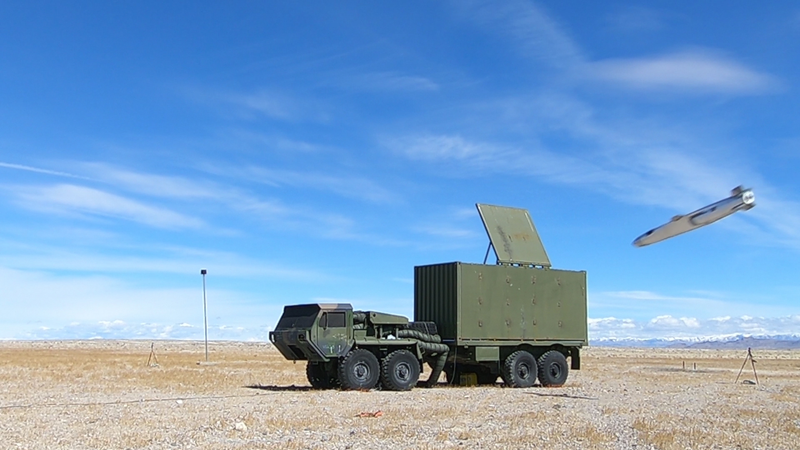Germany’s Hybrid Threat Posture: Toward a Strategic Intelligence Picture
Germany’s new hybrid threat picture bridges domestic resilience and NATO-EU counter-hybrid frameworks.
Germany is preparing a consolidated hybrid threat assessment to counter intensifying campaigns by state-directed actors—primarily from Russia and China. As reported in the Behörden Spiegel Newsletter (19 August 2025), the federal government has commissioned a “Lagebild” (strategic threat picture) to systematically map hostile operations including disinformation, sabotage, espionage, and proliferation. Scheduled for release by the Interior Ministers’ Conference in autumn 2025, the effort marks a pivotal step in aligning internal security policy with the broader Zeitenwende—Germany’s strategic realignment in the face of adversarial statecraft. This analysis examines the rationale, architecture, and implications of the initiative.
Strategic Context: Hybrid Operations as Structured Hostile Campaigns
Since Russia’s full-scale invasion of Ukraine in 2022, Germany has faced escalating hybrid interference across its political, informational, and technical domains. Moscow has expanded the use of cyberattacks, disinformation networks, and targeted influence operations—particularly around electoral processes. Beijing has similarly intensified industrial espionage and academic influence. Germany’s forthcoming threat assessment—jointly developed by the Federal Office for the Protection of the Constitution (BfV) and the Federal Criminal Police Office (BKA)—aims to consolidate pattern recognition and enhance institutional foresight. Though civil in mandate, the hybrid threat architecture interfaces increasingly with military capabilities—particularly in election protection, cyber defense via the BSI, and Bundeswehr counterintelligence support.
Institutional Framework: From AG Hybrid to Task Force Resilience
The Federal Ministry of the Interior (BMI) coordinates Germany’s hybrid threat response at the national level, operating through two key structures: the AG Hybrid, a strategic interministerial working group, and a weekly Task Force on Disinformation and Hybrid Threats. These platforms integrate inputs from all federal ministries and security agencies. However, until now, Germany has lacked a unified operational threat picture—a gap the new Lagebild intends to close. By fusing cross-sector intelligence, the project will underpin agile countermeasures, contribute to civil contingency planning, and inform both domestic policy and external signaling.
Political Drivers: Resilience as Democratic Defense
The strategic push originated with a parliamentary inquiry by the Green Party, which criticized fragmented coordination and urged a "Zeitenwende" in internal security. The party emphasized that societal resilience must be elevated alongside deterrence and diplomacy. To that end, demands were made for accelerated budgetary allocations, stronger public communication by federal leadership, and greater visibility of hybrid threats in political discourse. The upcoming Bundestag election in 2025 represents both a test case and a pressure point—prompting the federal government to inform the parliamentary sphere and bolster electoral protections.
European & Transatlantic Linkages
Germany’s Lagebild aligns with wider NATO and EU efforts to confront hybrid warfare. The project could directly feed into NATO’s Counter Hybrid Support Teams (CHSTs) and contribute to early warning protocols shared with the EU’s Hybrid Fusion Cell in Brussels. As NATO adapts to non-kinetic threats across its eastern flank, Berlin’s initiative signals an intent to anchor domestic preparedness within a wider deterrence ecosystem—especially in the lead-up to exercises like Steadfast Defender and potential Article 5-adjacent hybrid scenarios.
Outlook: From Awareness to Action
Whether this assessment evolves into a fully integrated national defense instrument depends on more than technical integration. Key obstacles remain: fragmented data governance, agency stovepipes, and underfunded cyber resilience. But if implemented with strategic discipline, the Lagebild could become a cornerstone of Germany’s hybrid deterrence posture—transforming reactive crisis management into anticipatory defense. As the 2025 Bundestag election approaches, Germany’s internal resilience will serve as a litmus test for the credibility of its Zeitenwende—not only abroad, but at home.







